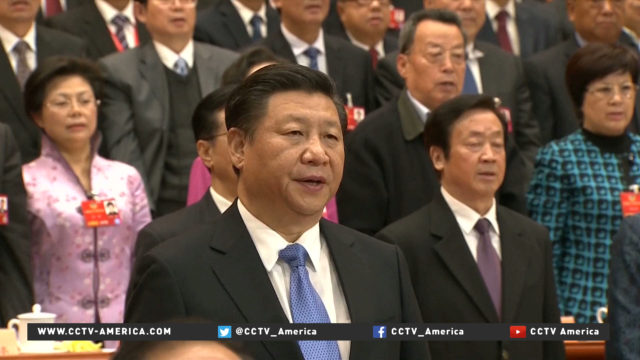Their presidencies are 30 years apart, but Xi Jinping and Ronald Reagan have more in common than you may think. They’re linked by an economic concept that China is using to help keep its economy on track: supply-side economics.
CCTV America’s Owen Fairclough reports.

Ronald Reagan was considered the president of supply-side economics.
This approach helped generate the 1980s boom typified by soaring consumption of new electronic gadgets like Sony’s Walkman. Thirty years later, supply-side economics is the new catchphrase for Chinese leaders.
Leaders are supporting more private enterprise, for example, allowing ride-sharing firms like Uber compete with state-owned taxis. In theory, competition will give consumers a better deal.
There’s tough love too: cutting overcapacity means closing thousands of coal mines and so-called zombie companies that are bankrupt and on state support.
Supply-side opponents claim supply-side tax breaks favor the rich and widened the gap between the rich and poor in the Reagan era. Income inequality helped trigger a global wave of anti-capitalist ‘Occupy’ protests.
And the International Monetary Fund has warned that as China embarks on a new chapter in its unprecedented economic growth, its own rich-poor gap is growing.
 CGTN America
CGTN America

